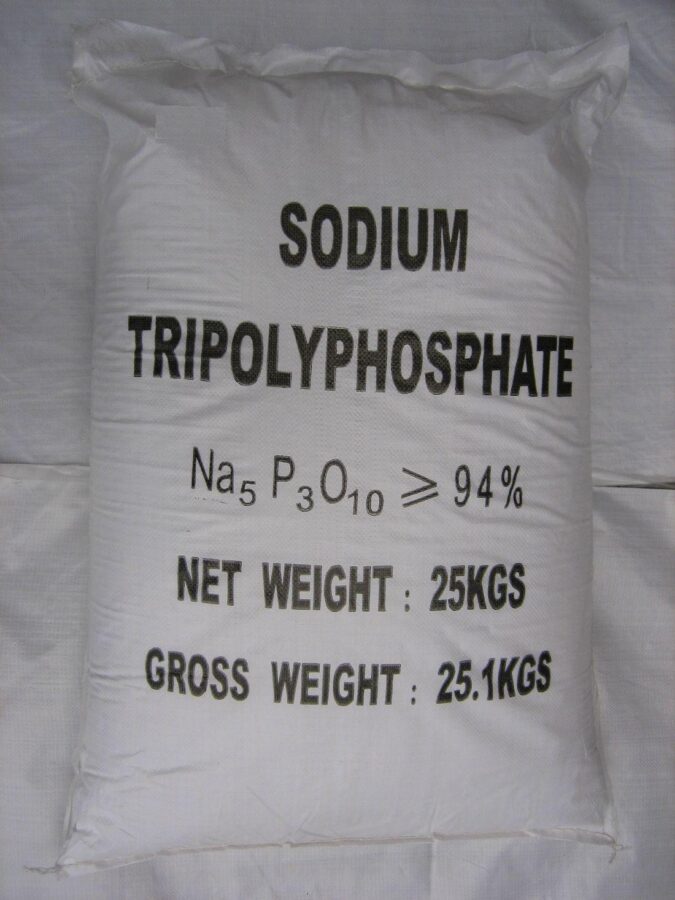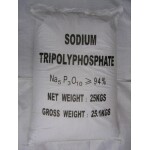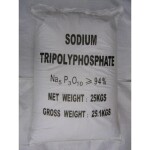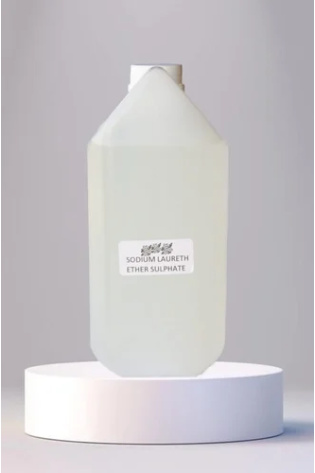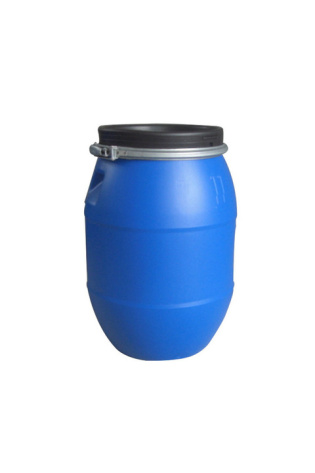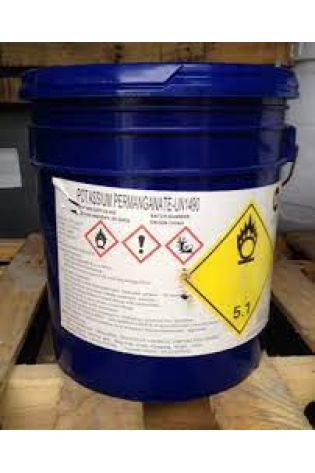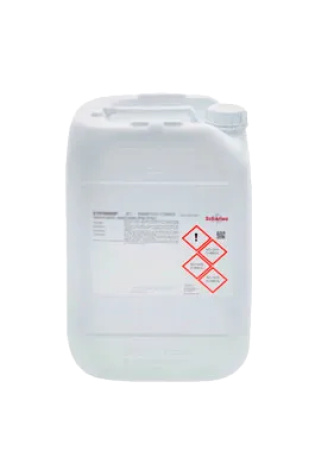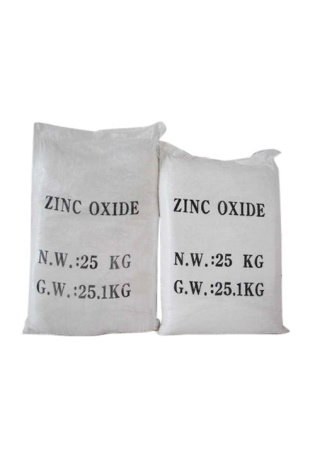Sodium Tripolyphosphate (STTP)
- Detergents: A major component in both laundry and automatic dishwashing detergents. It softens water by sequestering calcium and magnesium ions, which helps surfactants work more effectively.
- Surface cleaners: Used in various household and industrial surface cleaners.
- Soap: Acts as a synergist for soap, preventing grease precipitation.
- Meat and seafood processing: Enhances water retention and tenderness in processed meats, poultry, and seafood, which can prevent shrinkage during cooking.
- Quality improver: Increases ionic strength and improves water-holding capacity in foods.
- Water treatment: Softens water for industrial boilers, power stations, and cooling systems, preventing the formation of scale.
- Paper manufacturing: Used in the de-inking process of recycled paper to help disperse ink particles.
- Ceramics: Acts as a deflocculant, which reduces the viscosity of clay slurries.
- Coatings: Used in paints and coatings, and as a component in drilling muds.
- Construction: Can be used as a retarder in gypsum board production and to improve the workability of concrete.
- Metal treatment: Utilized for cleaning and preparing surfaces before painting.
- Textile dyeing: Used as a dispersing agent.
- Pharmaceuticals: Can be included as an inactive ingredient (excipient) in some tablet formulations.
- Sodium Tripolyphosphate, is used as a preservative for poultry, meat, and seafood.
- It is also added, along with other sodium polyphosphates, to processed cheeses as an emulsifier.
- The polyphosphates are negatively charged chains of phosphorus and oxygen that attract water molecules.
- Sodium Tripolyphosphate (STTP)
